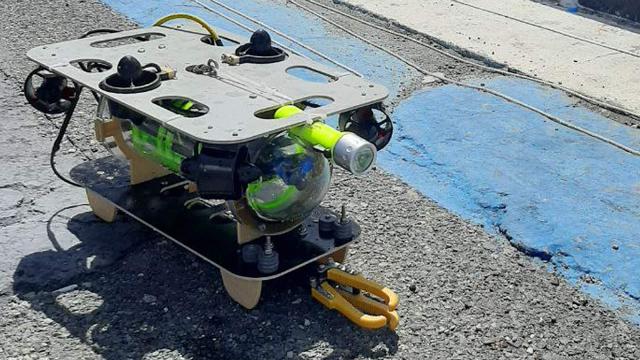The new drone will be able to replace divers when performing simple tasks.
An ultra-small remote-controlled uninhabited underwater vehicle "Barracuda" has been created in Russia. It can reach speeds of up to one and a half meters per second and carry up to one and a half kilograms of payload. Its main feature is its compactness, which allows it to work in cramped conditions: from pipe inspection to shipwreck research. According to experts, such systems are necessary for our fleet to solve a wide range of tasks, and their budget and ease of repair make them an indispensable tool.
What is the underwater drone "Barracuda"?
Specialists from the Pacific Higher Naval School (TOVVMU) have developed an ultra-small remote-controlled underwater vehicle. The Barracuda drone can operate where larger ones will not pass. Previously, in the absence of domestic analogues, ultra-small foreign-made devices were used.
— What does Barracuda do? His main task is to be his eyes and hands underwater," a representative of the developer, TOVVMU, told Izvestia. — He conducts inspections of various objects, from piers and ships to the seabed. And with the help of a manipulator, he can pick up finds.
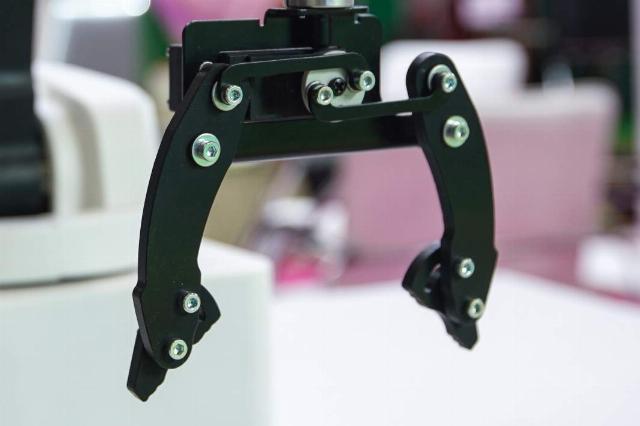
Photo: IZVESTIA/Anna Selina
Image source: iz.ru
The device can reach speeds of up to one and a half meters per second and can carry up to one and a half kilograms of payload. In addition, it is equipped with a two-axis manipulator.
— We have focused on practicality: the Barracuda is assembled from affordable components, which means it is easy and inexpensive to repair. In addition, he is small and nimble, which allows him to work where large devices will not pass, " explained the representative of the TOVVMU.
The drone has been tested both in the pool and in the sea with little excitement. Now the Barracuda is a functional prototype that continues to be improved. In the future, after passing all the tests and confirming the declared characteristics, it is planned to establish its mass production.
What tasks can the underwater drone "Barracuda" perform?
"Such devices can be used to inspect the underwater part of the ship's hull, for example, in combat service or on a long—range cruise," former chief of the Baltic Fleet Auxiliary Fleet, Captain 1st Rank Andrei Kachan told Izvestia. — As well as for cleaning the ship's propeller and steering group. And if, for example, a bottom mine is found, he can install an explosive charge on it to defuse it.
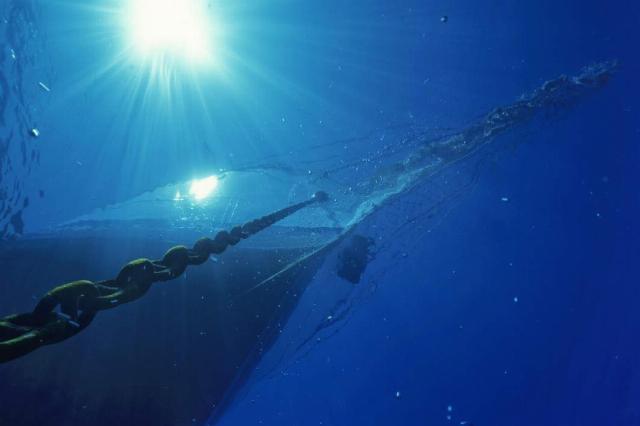
Photo: Global Look Press/J.W.Alker/http://imagebroker.com/#/search/
Image source: iz.ru
Ultra-small underwater vehicles can be used to inspect the bottom at their bases, as well as berthing facilities and ship parking areas, the expert added.
"Our navy needs them. They make it easier for divers to carry out all kinds of inspections. Instead of sending a person somewhere, you can use the device," explained Andrey Kachan.
Working underwater with small objects requires the use of a small device, and there is a need for them, military expert Dmitry Boltenkov told Izvestia.
"It can be used to perform work related to fine motor skills, or to find and lift small objects to the surface so that you don't have to use a heavier system," he explained. — Such a device is capable of climbing where a large one cannot go — some pipes or wreckage of a sunken ship. It is better to have a special tool for such work.
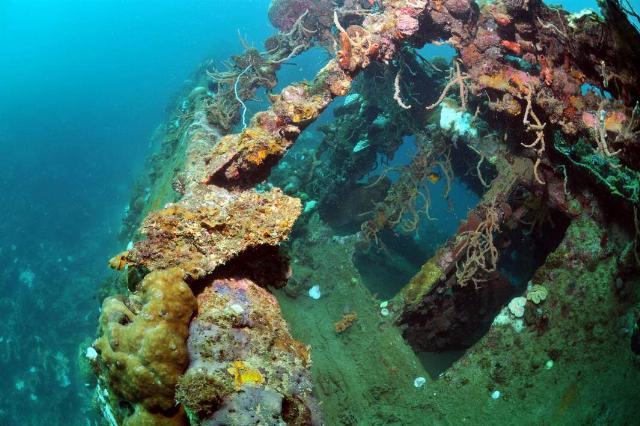
Photo: Global Look Press/Dieter Möbus/CHROMORANGE
Image source: iz.ru
Earlier, Izvestia reported that the TOVVMU had developed the world's first crew-less training boat, the Makarovets, for the Navy. The new marine drone will help train operators. It is specially designed for the convenience of students. The device is equipped with a control system (radio and Wi-Fi) and has simplified controls. It is powered by two electric motors.
The Makarovets is capable of performing the tasks of a training boat, serving as a platform for testing various payload modules, acting as a small surface target (simulating an enemy's back), and performing the tasks of an unmanned mine reconnaissance boat (equipped with remote-controlled uninhabited underwater vehicles).
The device can travel up to 10 km, and its maximum speed is 10 knots. At the same time, it is almost identical in functionality to full-fledged combat surface drones and, if necessary, will be able to perform their functions. The Makarovets is capable of carrying remote-controlled and autonomous uncontrolled underwater vehicles with launching devices, a drone launch pad, and a combat firearm module.
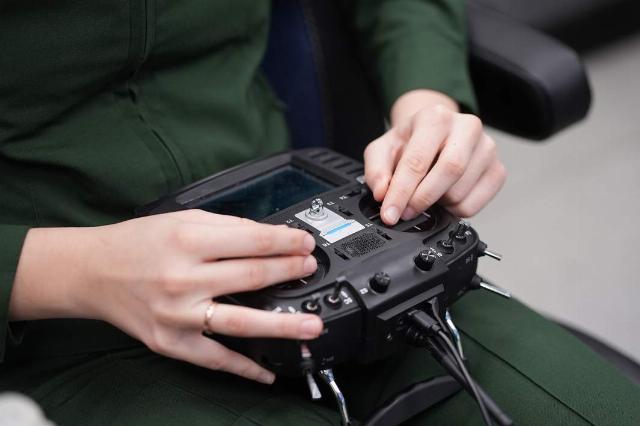
Photo: IZVESTIA/Pavel Volkov
Image source: iz.ru
Last year, the Russian Navy's combat training program included a new training course for crew-less boat operators. At the same time, some of the events are held at night. Currently, the armed forces, based on the experience gained during a special military operation, are improving existing and developing new training programs for military personnel, and the training course for backup operators is one of them.
Izvestia also reported that the Russian Navy has begun to master a new combat training program for anti—ship protection. It provides training for ship crews, as well as entire naval formations, to counter unmanned boats and unmanned aerial vehicles. The program includes exercises on shooting at small-sized surface and aerial targets. The new course provides for training the crews of individual ships first, and then formations. To combat the new threat, the crews received additional weapons — large-caliber machine guns, anti-drone and pump-action rifles, night vision devices and other special equipment.
Roman Kretsul
